Use of emblems
The red cross, red crescent and red crystal emblems provide protection for military medical services and relief workers in armed conflicts. National Societies in each country also use the emblems for …
The red cross, red crescent and red crystal emblems provide protection for military medical services and relief workers in armed conflicts. National Societies in each country also use the emblems for …
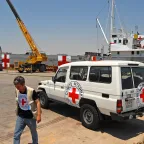
The international community banned the use of chemical and biological weapons after the First World War and strengthened the ban in 1972 and 1993 by prohibiting their development, stockpiling and …
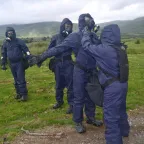
International humanitarian law bans or restricts certain types of conventional weapons to protect civilians from their indiscriminate effects and to spare combatants from excessive injuries that …
Since the only use of nuclear weapons in 1945, the world has wrestled with the issue of how international humanitarian law applies to such weapons. The International Red Cross and Red Crescent …
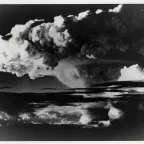
States party to international humanitarian law treaties must take certain legal and administrative measures to comply with the obligations they have undertaken. This section deals with various topics …
The use of cyber operations as means or methods or warfare in armed conflicts poses a real risk of harm to civilians. It is essential to understand how international humanitarian law protects …
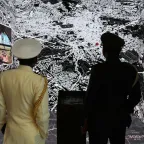
International law regulates the methods and means of warfare. There are restrictions on weapons, on their use and on conduct. The principle of distinction requires parties to distinguish between …
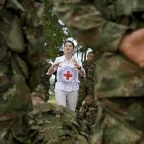
Techplomacy is how diplomatic relations and dialogue serve as a connecting bridge between governments, civil society and tech companies on global digital policy and emerging technological issues. …
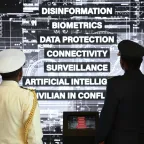
Terrorism is a live threat in today’s world – and one that causes immeasurable human suffering. The international community has worked to confront this threat through a patchwork of counterterrorism …

The interplay between international humanitarian law (IHL) and Islamic law of war Islamic law of war In our engagement with communities affected by armed conflict and other situations of violence, …

Try one of the following resources:
Created in 1863, the ICRC library, alongside the ICRC archives, provides an indispensable documentary reference on the organization itself and international humanitarian law.
International humanitarian law is based on a number of treaties, in particular the Geneva Conventions of 1949 and their Additional Protocols, and a series of other instruments.
Customary international humanitarian law consists of rules that come from "a general practice accepted as law" and that exist independent of treaty law.